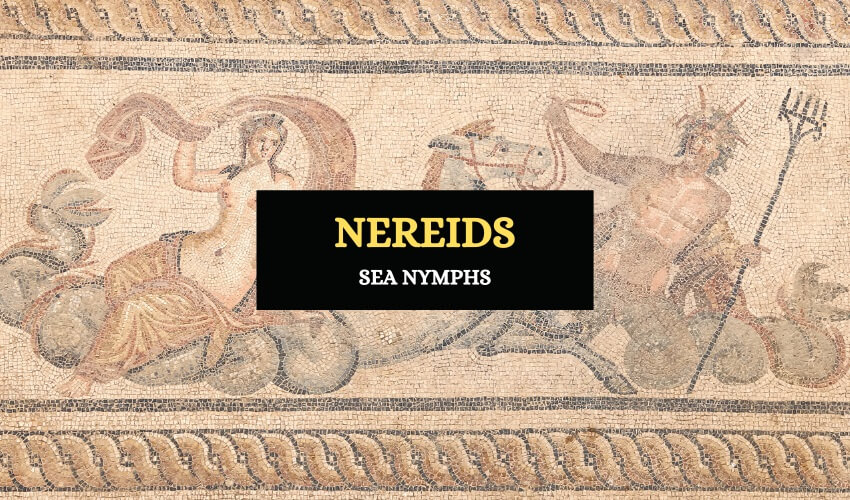
Table of Contents
In Greek mythology, the Nereids were sea nymphs, or water spirits. There were several different deities associated with water such as Oceanus and Poseidon who were two of the most important gods. The Nereids however, were at a much lower level of importance. They were equivalent to other sea deities like the Naiads, the Potamoi and the Oceanids.
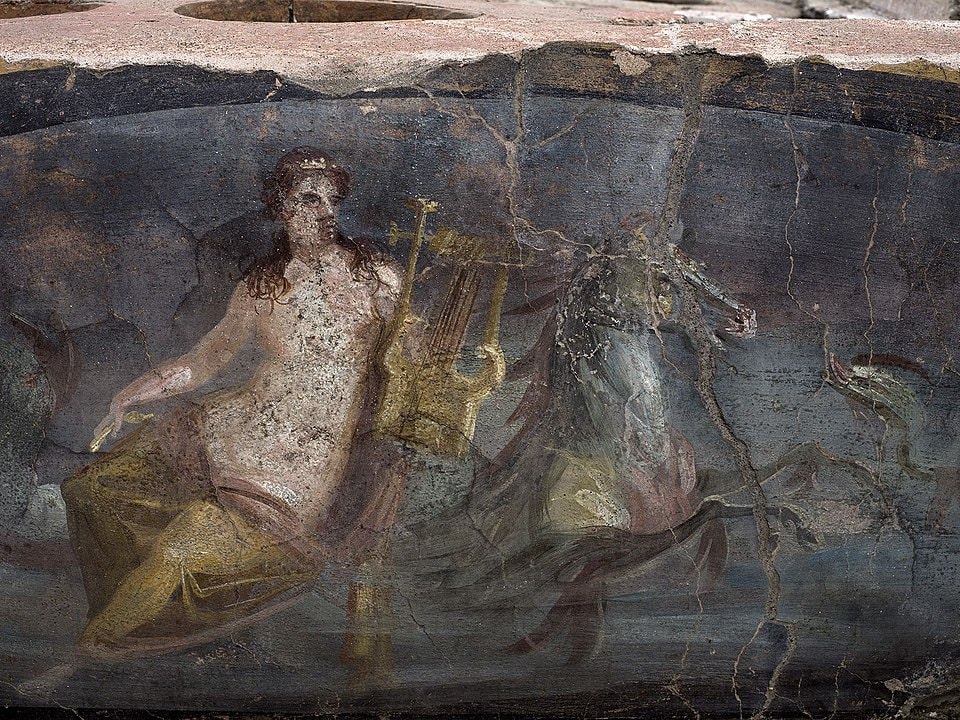
Who were the Nereids?
According to ancient sources, there were about 6000 Oceanids and Potamoi in total, but only about 50 Nereids. They were all the daughters of Nereus, the ancient sea god, and Doris, one of the Oceanids. The Nereids were beautiful young goddesses who were commonly seen playing around among the Meditaerranean waves or lying in the sun on the rocky outcrops.
The Nereids were said to have been benevolent figures, known for helping lost sailors and fishermen. To thank the Nereids, most of the harbors and fishing ports throughout Ancient Greece had a shrine dedicated to these goddesses.
The Nereids’ main role was to act as the attendants of Poseidon so they were commonly seen in his company, and even carried his trident for him. Although they were associated with the entire Mediterranean, they were said to be particularly concentrated with the place where their father had his palace, the Aegean Sea.
The Nereids were given names that represented a personification or a specific attribute of the sea. For example, the Nereid Melite was the personification of the calm seas, Eulimene represented good harboring and Actaea was representative of the seashore. Most of the Nereids remain unknown to the majority of people and there are only few whose names are famous.
Notable Nereids
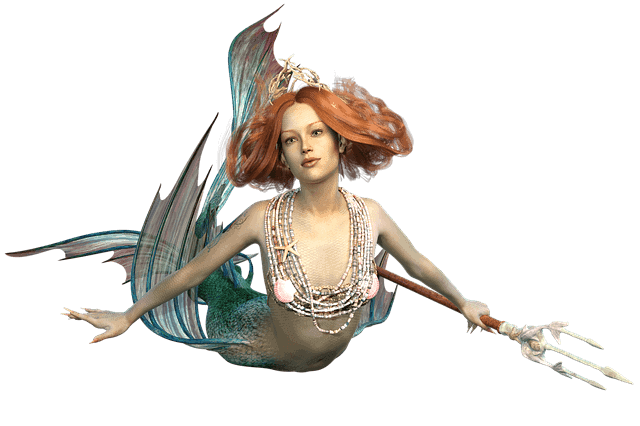
1- Amphitrite – Queen of the Sea
The Nereid Amphitrite is one of the most famous of the sea nymphs in Greek mythology because she was the wife of Poseidon, the Olympian sea god. Initially, Amphitrite didn’t take kindly to Poseidon trying to make her his wife and she would flee to the furthest extremes of the ocean whenever he tried to approach her. While Poseidon couldn’t find her, she was discovered by the god of dolphins, Delphin. Delphin spoke to Amphitrite and convinced her to marry Poseidon. Delphin was very persuasive and Amphitrite returned to Poseidon whom she wed and so became the Queen of the Sea.
2. Thetis – Mother of Achilles
The Nereid Thetis is probably more famous than her sister Amphitrite for she was known to be the Nereids’ leader. Thetis was also said to be the most beautiful of all, and even Zeus and Poseidon were both attracted to her. However, neither of them could have their way with her because of a prophecy that Thetis’ son would become more powerful than his father. Neither Poseidon nor Zeus wanted that and Zeus arranged for the Nereid to be married off to Peleus, a mortal Greek hero.
However, Thetis wasn’t interested in marrying a mortal and like her sister Amphitrite, she fled from Peleus’ advances. Peleus eventually caught her and she agreed to marry him. The events at their wedding feast would lead to the famous Trojan War.
Thetis and Peleus had a son, and just like the prophecy had stated, their son, a Greek hero called Achilles, turned out to be more powerful than his father. While Achilles was still an infant, Thetis tried to make him immortal using ambrosia and fire to burn the mortal part of him away. However, Peleus found out about this and he was shocked to see her holding the child over the flames. Thetis had to flee back to her father’s palace.
Although Thetis fled, she continued to watch over her son and when the Trojan War began, she tried to hide him away. However, he was discovered by Odysseus.
According to a myth that arose later, Thetis held on to the infant Achilles by his heel and dipped him in the River Styx and wherever the waters touched him, he became immortal. The only part of him that failed to touch the water was his heel and that part remained mortal. In myths surrounding the Trojan War, it was said that the great hero Achilles died from an arrow to his heel.
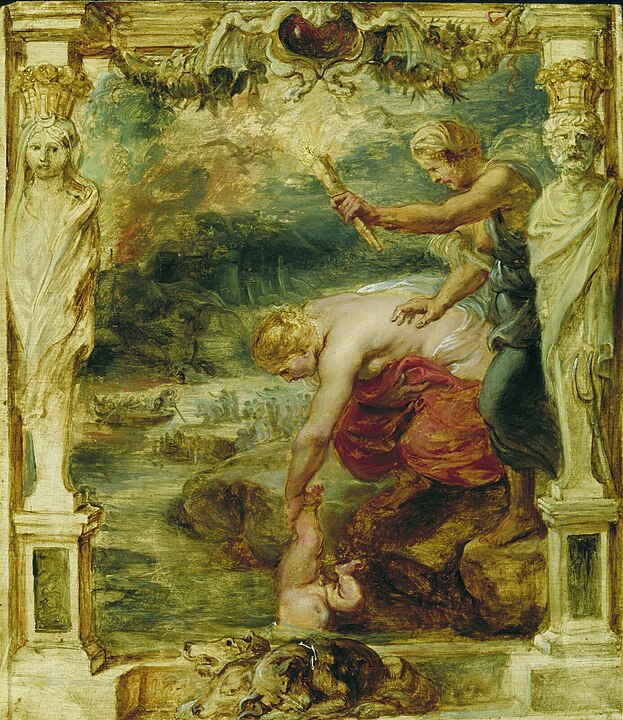
3. Galatea – Creator of Sea Foam
Galatea is another famous Nereid who like her sisters, was also pursued by a famous suitor, the Cyclops Polyephemus. This is one of the most popular love stories which tells of the beautiful Galatea who didn’t love Polyphemus but had lost her heart to Acis, a mortal shepherd. Polyphemus kills Acis and Galatea then transformed the body of her dead lover into a river.
There are several versions of the tale and in some Galatea did have affection for Polyphemus. In these versions, Polyphemus wasn’t a savage but a kind and sensitive man and the match between them would have been a very suitable one.
The Nereids’ Revenge
The Nereids , just like the other deities in the Greek pantheon, they were quick to lose their temper when slighted. The story overlaps with the tale of the Greek demigod Perseus at a time when Cepheus was the King of Aethiopia.
Cepheus had a beautiful wife called Cassiopeia but she recognized how beautiful she was and loved to boast about her looks. She even went so far as to say that she was far more beautiful than any of the Nereids.
This angered the Nereid sea nymphs and they complained to Poseidon. To appease them, Poseidon sent Cetes, a sea monster, to destroy Aethiopia. To placate Cetes, Cepheus had to sacrifice his beautiful daughter, Andromeda. Luckily for the princess, Perseus was returning from his quest for the gorgon Medusa’s head. He used the head to turn Cetes into stone and rescued princess Andromeda.
Theseus and the Nereids
In another tale involving the Nereids, Theseus volunteered to be sacrificed to the Minotaur, the half-bull, half-man that lived in the Labyrinth. With him were seven girls and six other boys who were all to be sacrificed. When Minos, the Cretan king, saw the girls, he was attracted by one of them who was very beautiful. He decided to keep her with him instead of letting her be sacrificed to the Minotaur.
However, at this point, Theseus stepped up, declaring that he was Poseidon’s son and stood against Mino’s decision. When Minos heard him, he took a golden ring and threw it into the ocean, challenging Theseus to retrieve it to prove that he really was Poseidon’s son.
Theseus dove into the sea and as he was looking for the ring, he came across the Nereids palace. The sea nymphs were happy to see him and they swam out to greet him. They treated him very well and even held a party for him. Then, they gave him Minos’ ring and a crown full of gems to prove that he was actually Poseidon’s son and sent him back to Crete.
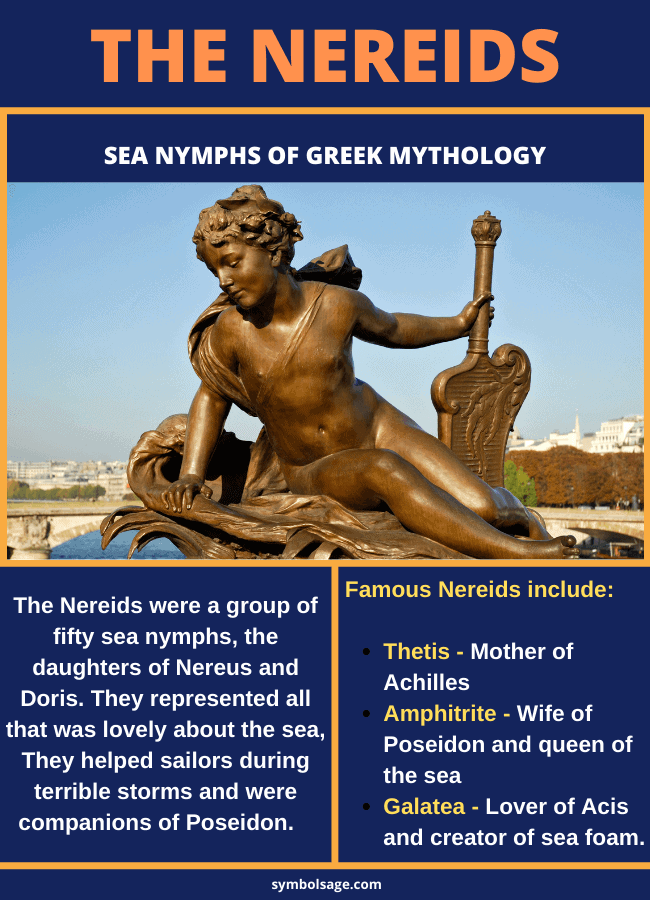
In Modern Use
Today, the term ‘nereid’ is commonly used for all fairies, mermaids and nymphs in Greek folklore, and not just for nymphs of the sea.
One of the moons of the planet Neptune was named ‘Nereid’ after the sea nymphs and so was the Nereid Lake in Antarctica.
In Brief
Although there are 50 Nereids in total, we’ve only mentioned some of the most important and well-known ones in this article. As a group, the Nereids symbolized everything that’s kind and beautiful about the sea. Their melodious voices were wonderful to listen to and their beauty was limitless. They remain among the most intriguing creatures of Greek mythology.








